

Hidden Histories
of Hamilton County, Indiana
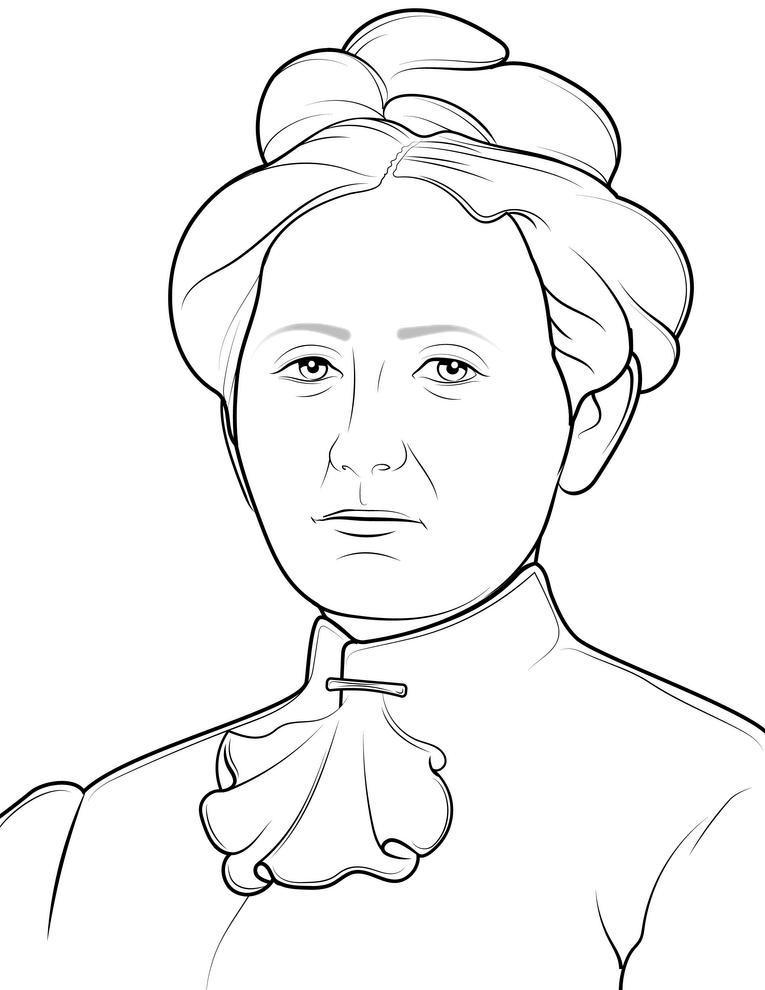
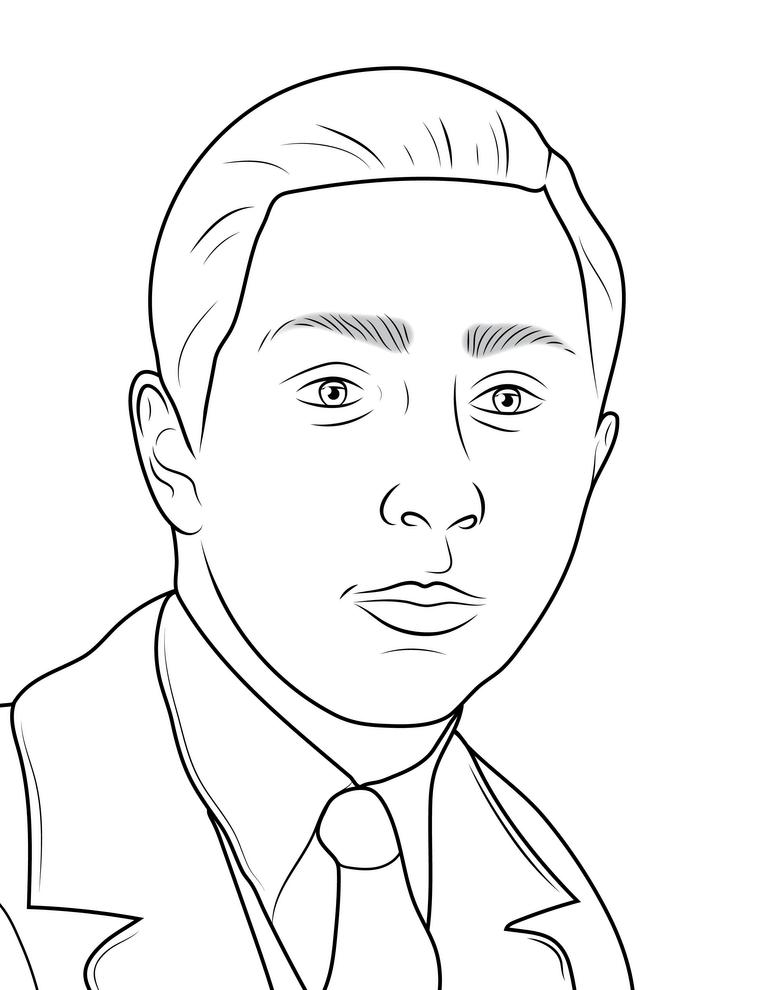





Lulu Miesse Librarian
About Lulu
Born in 1877 to a family of doctors, Lulu Miesse developed an early connection to libraries while attending Noblesville High School, where she worked in the school library. After graduation, she began working at the city library. To advance her expertise in library sciences, Lulu studied at Earlham College and Butler University, ultimately earning her degree from the library college in Chautauqua, New York.
The natural gas boom led to significant growth in Hamilton County in the year 1900. In an effort to make the Noblesville city library more accessible to the public, it was moved from a spare room on the Courthouse Square to the recently built high school building on Conner Street. As the Noblesville Library’s collection grew to include hundreds of books, the need for more professional management became increasingly evident At the time, librarians were often young women and typically held the position for only a year or two. In 1909 this changed in Noblesville with the appointment of Lulu as City Librarian. Trained in the profession and possessing strong determination, Lulu was committed to establishing the library as an important community institution.
When she began her work in Noblesville, one of her first priorities was to properly catalog the collection of books that had been growing since the city library’s founding in 1854. The original catalog and acquisitions book, still preserved at Hamilton East Public Library, records a collection of around 4,000 books at the time she became librarian. Once this task was completed, Lulu identified a critical issue: the need for more space. As Noblesville’s population grew, there was frequent overcrowding in the library, at times making it nearly unusable. A plot of land at Tenth and Conner streets was purchased June 3rd, 1911 for $3,900. That original library building is now part of City Hall.

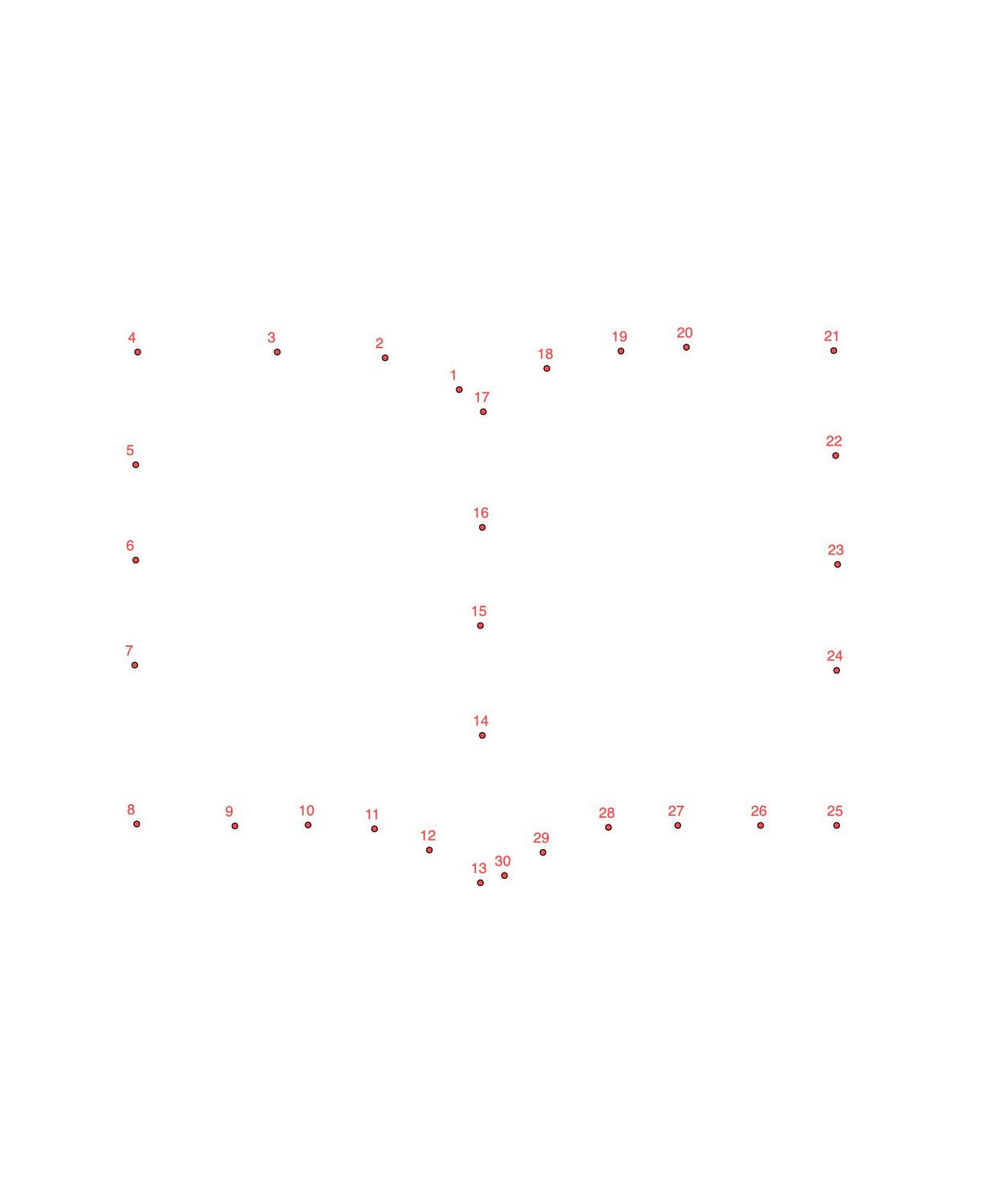

About Raymond Raymond C. Boyd Big League Pitcher
Raymond Boyd was born in Hortonville in 1887. His uncle, Thomas, was a long-time state legislator. Raymond began playing for local baseball teams, joining the Noblesville and Atlanta teams. By 1907 he was pitching in Iowa’s Western League, earning fame for his spitball, nicknamed the “slobber sizzler,” and was called “Saliva Ray” by sportswriters.
March 1909 but tragically she died that October. Despite the loss, all, joining the Ottumwa, Iowa Speed Boys in 1910. After a brief wns, he returned to Ottumwa and helped lead them to a 1911 championship. That July, he was traded to the Cincinnati Reds, where he showed promise but struggled with control and fielding support.
In 1912, Raymond was traded to the Birmingham Barons, and the following year he married Evangeline Carey. Though linked to the Cubs and Indianapolis Federals, he returned to Noblesville by late 1914. He was still playing baseball in 1916, but had stamina issues. When the season ended in October he returned to Hortonville.
Raymond was released from his team in 1917 after requesting a raise. He played briefly for several teams, including Kokomo. Raymond applied for a WWI draft deferment to support his family.
After 1918, it’s hard to find information on Raymond, even though his son, Frank Wendell, was born in October. The 1910 Census and his 1917 draft registration list Raymond’s occupation as “baseball player” The 1920 Census has his occupation as “farmer” So, he probably retired from baseball between 1918-1920. Raymond died on February 17, 1920 of influenza and pneumonia – another victim of the international Influenza Epidemic. His wife and two children survived










About Norman Norman Norell Fashion Designer
Norman Norell Levinson was born in Noblesville on April 20, 1900. His grandparents, Jewish immigrants from Germany, arrived and settled in the area in the 1850s. The family established a clothing store on the Courthouse Square. Norman’s father, Harry Levinson, moved the business to Indianapolis in 1906. The family kept close ties to Noblesville In 1919, Norman went to New York to study fashion design. He began his career creating costumes for film and theater.
He worked with other designers until establishing his own fashion house in 1960. He became internationally known and won many fashion awards. He was called “the dean of American fashion design” by the New York Times His clothes were recommended and worn by Jackie Kennedy. Marilyn Monroe wore several of his dresses. Lauren Bacall called him her favorite designer. Judy Garland gave him a photo that said, “Love from your greatest admirer ” Cary Grant insisted that Norell fashions be used in the movie That Touch of Mink Michelle Obama wore a Norell dress at a White House event in 2010.
In a 1962 letter to the Noblesville Ledger, Norman shared his thoughts about his hometown. “...when someone asks me where I was born, I always say ‘ a very small town, Noblesville, Indiana.’ I always see it the same size it was when I was born there in 1900. It is quite willful because my memories of Noblesville are very precious to me. I still see the courthouse square with horses and buggies tied up around – Caylor’s, Sowerwine’s, Lowther’s, the corner drug store, were all on the square (that was the town). Hare’s Buggy store and John Dold’s candy store were around the corner. Band concerts were held on Thursday night. The covered bridge was north of the square. So many wonderful happy memories. This is the way I think of Noblesville. I know perfectly well it isn’t like this now. Maybe I do not like the passing of time. Whatever it is, my Noblesville is very important to me… ”
Upon his death, he was buried in the family mausoleum at Crownland Cemetery in Noblesville. A historical marker for Norman Norell was put up on 8th Street in Noblesville, near the site of his birthplace, in 2021
Norman Norell

Norman Norell
Fashion Designer

Norman Norell
Fashion Designer
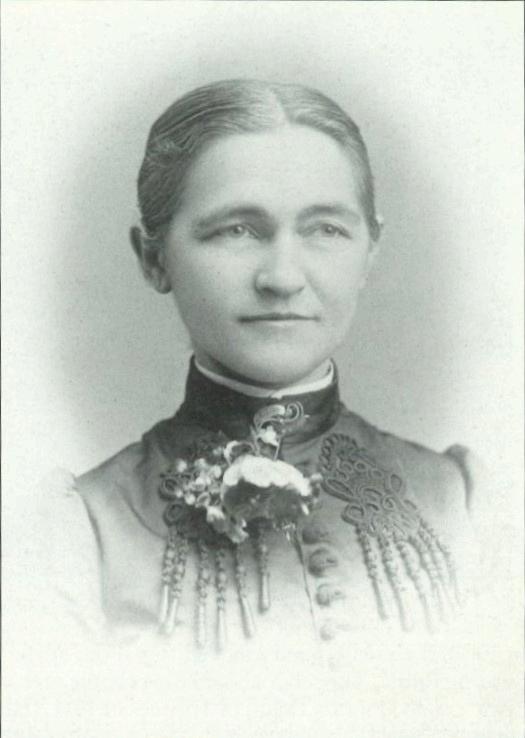
About Joyce Joyce F. Hobson Physician
Born Joyce Fredrica Richards in Tipton County, Joyce’s family moved to Adams Township by 1870. Joyce was the first known female doctor in Hamilton County. Her first career was as a teacher in the Boxley School in 1875 She married William Hobson in 1876 and changed professions sometime after that. She graduated from Eclectic Medical College of Cincinnati in 1878 She started her Noblesville practice in 1879 and was usually referred to as Mrs. Dr. Hobson. Her husband apparently left her sometime around 1880.
She practiced “eclectic” medicine, which might be called holistic today These doctors didn’t follow one school of practice but would try anything that worked; standard drugs and techniques, herbalism, and physiotherapy for example. This was considered outside of “standard” medical practice, so she was not admitted to any of the local medical associations. Joyce focused on women and children and was popular with her patients.
In March of 1883, her life became very complicated. She was appointed to the Board of Directors of the Beach Medical College, where she was also the Professor of Obstetrics. Joyce was also co-editor of the Eclectic Medical Journal and delivered scholarly papers at conventions. However, that same month, another doctor was expelled from the Hamilton County Medical Society for having consulted with her on a case. In June, someone spread a nasty rumor that Dr. Hobson had spread smallpox to one of her patients. The patient put a public notice in the newspaper refuting this.
Dr. Hobson continued to practice in Noblesville. She worked with other women who became doctors as well – Lucy Gossett and Mivinda Wheeler. She joined local organizations like the United Order of Honor. She wrote an article titled “Women’s Sphere in Medicine” for the Medical Free Press magazine in January 1890. After a few visits to Arkansas for vacation, she moved there in 1891. While there, she married her second husband, John Osborne, in 1893. They moved to California where she lived for the rest of her life.
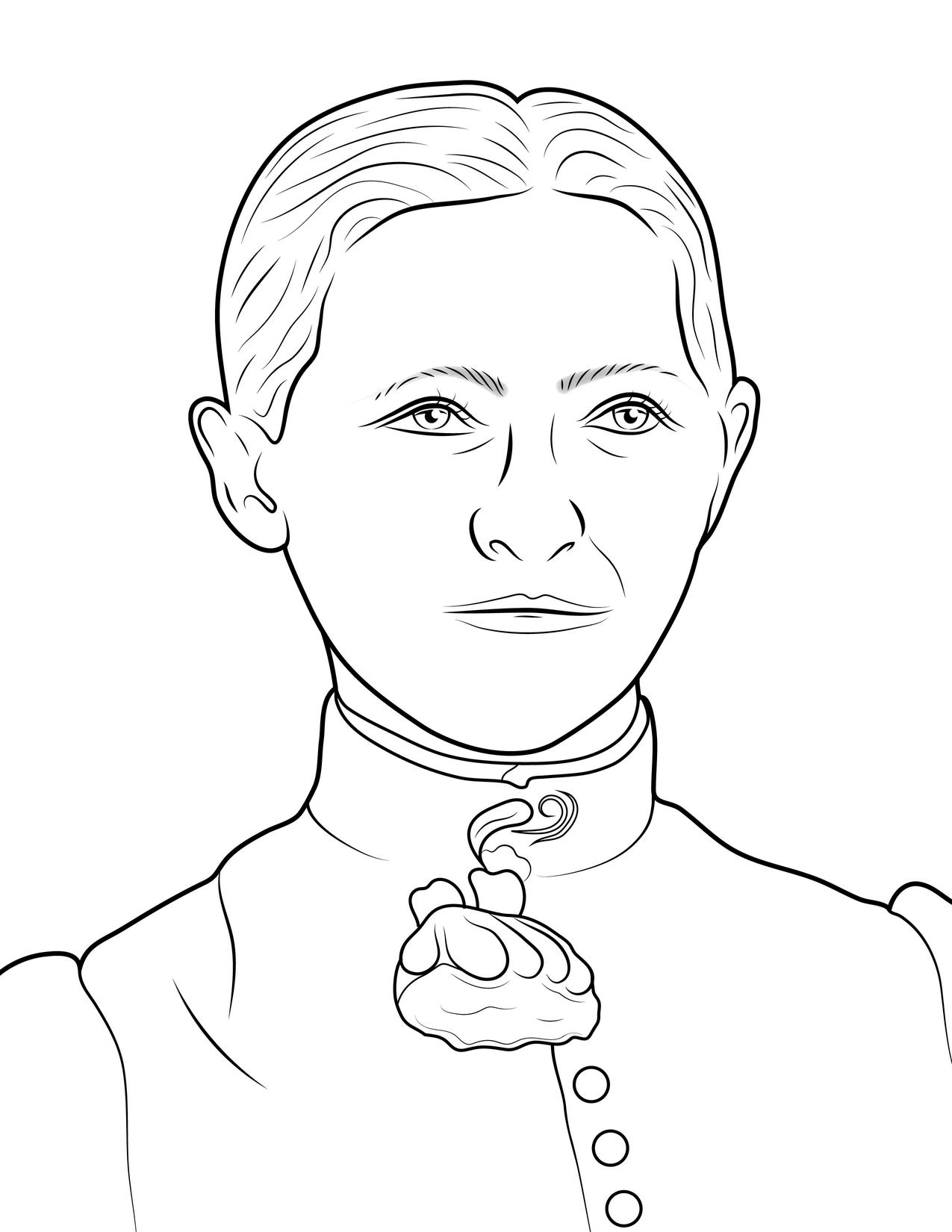
Joyce F. Hobson – Physician
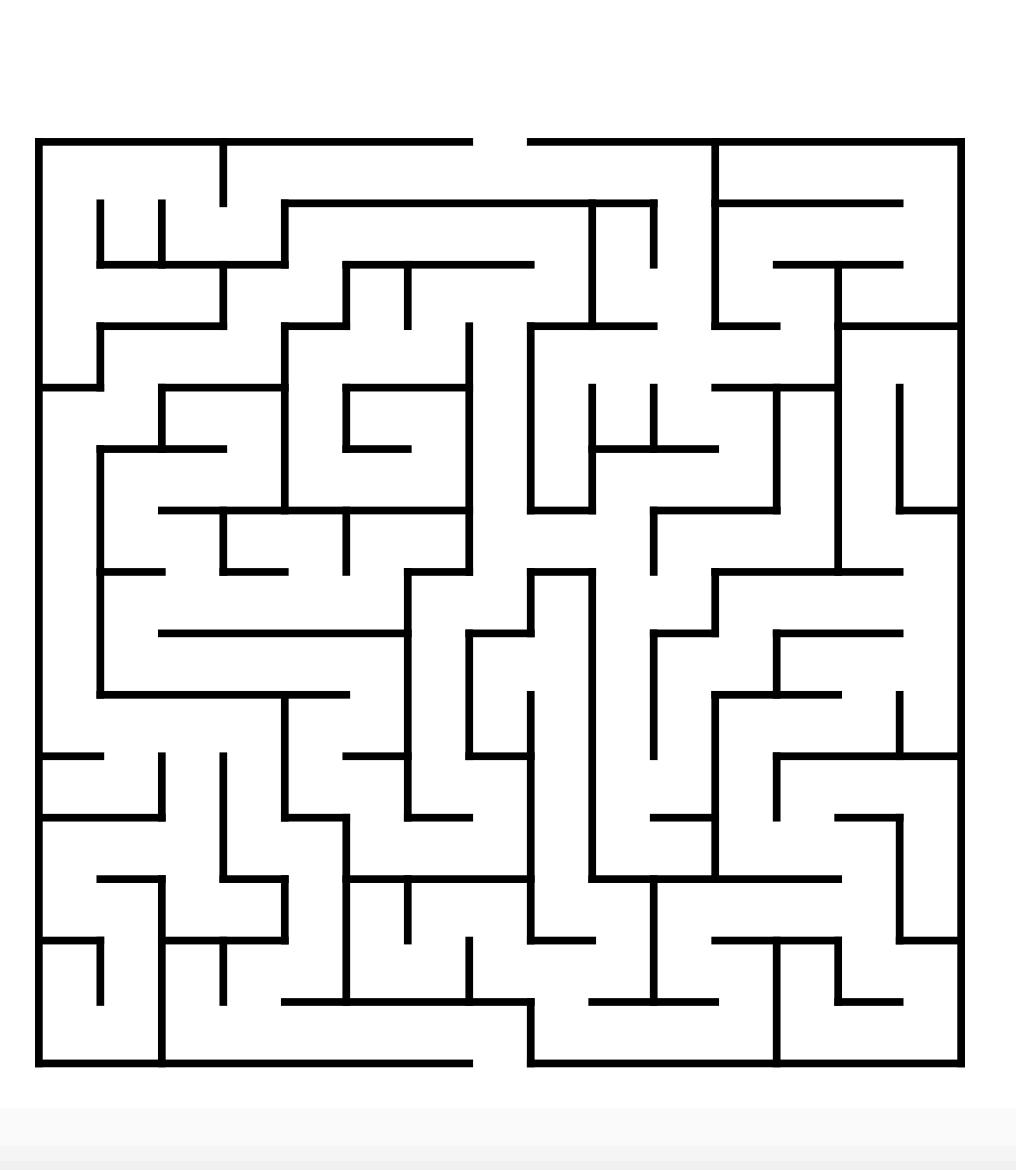
Joyce F. Hobson – Physician

About Murphy Murphy White City Councilor
Charles Murphy White grew up in Noblesville alongside his seven siblings. His father, Broda White, was a World War I veteran and served as the courthouse custodian for many years. In third grade, his teacher used his middle name “Murphy” because he thought there were too many boys named “Charles” in the class. He graduated from Noblesville High School in 1941, where he was active in the band, played on the basketball and baseball teams and participated in the Latin Club.
He enlisted in the Navy in World War II. While serving, he wrote a letter to the newspaper titled “The Challenge at Hand” which spoke about the discrimination he had experienced. He had trained as a machinist, but was assigned to be a steward, a person who had to clean officers’ quarters and serve them food. After the war, he returned to Noblesville and worked as a printer for the newspaper. He eventually became an insurance agent. In 1947, he married Lavonne Wilson and they had three daughters – Lisa, Dedra, and Tonja.
He worked hard on civil rights issues like the desegregation of the Forest Park Pool. He was the first Black member of the Noblesville City Council. He was elected in 1968, a time when African Americans were still struggling to have access to vote in many places. That was also the same year as the last Ku Klux Klan rallies in the county and the creation of the Noblesville Human Rights Commission to deal with discrimination issues in the city. He served two terms on the Council, from 1968 to 1979 and from 1988-1999. Murphy was the Grand Marshal of the 2006 Christmas Parade in Noblesville. Before Murphy died, Mayor John Ditslear declared “C. Murphy White Day” on March 20, 2011.
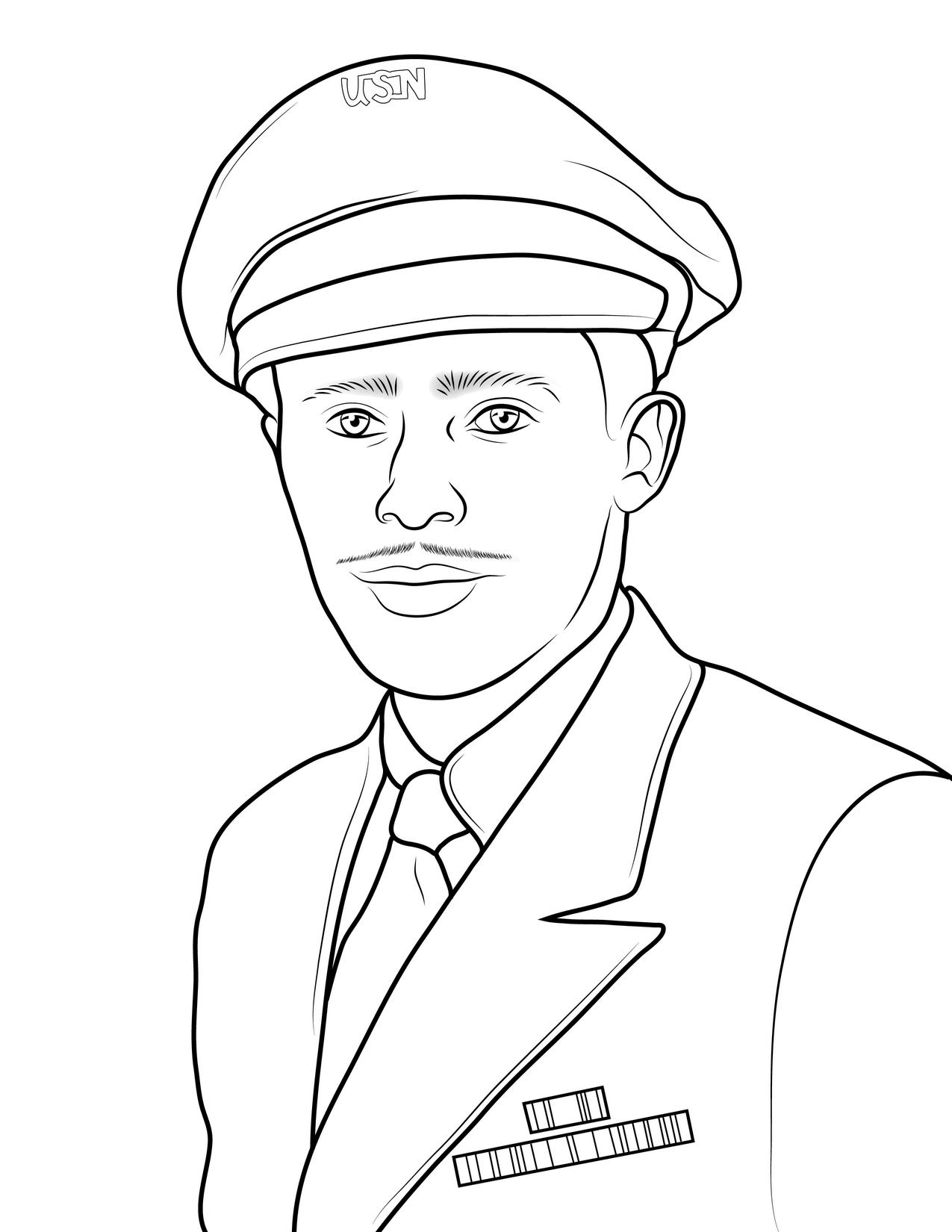





Crossroads Discovery Center Info
The Crossroads Discovery Center brings storytelling and genealogy together. Since 1973, we have connected the people of Hamilton County, IN to their community and their personal histories.
Hours
Monday – Thursday: 9:00 AM – 8:00 PM
Friday – Saturday: 9:00 AM – 6:00 PM
Library

12:00 PM - 6:00 PM
This activity book was inspired by The Ohio State University Health Sciences Library and designed and edited by the Hamilton East Public Library Marketing and Communications team. Original coloring illustrations were created by the talented medical illustrators at The Ohio State University Health Sciences Library’s Medical Visuals department. Biographies were carefully curated by the staff of the Crossroads Discovery Center.

